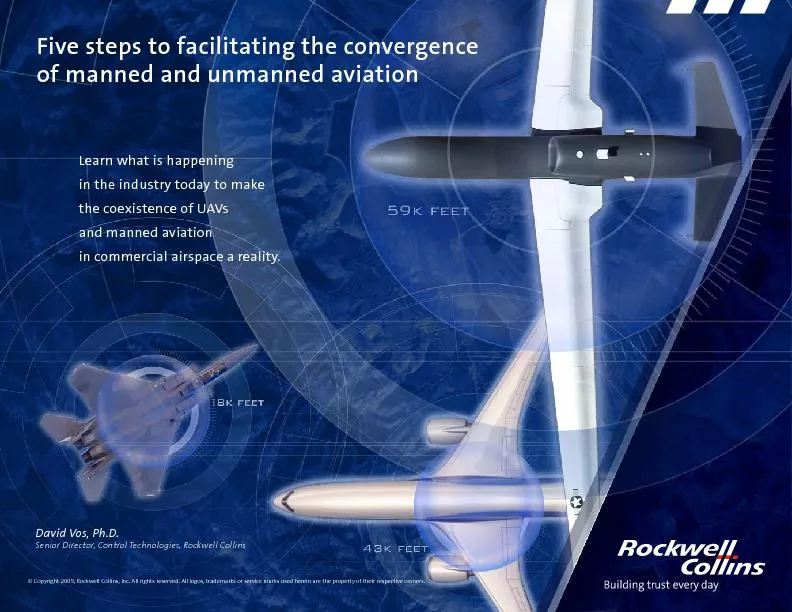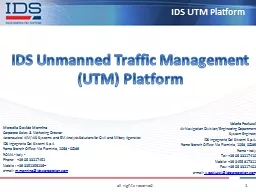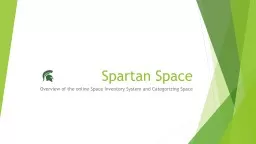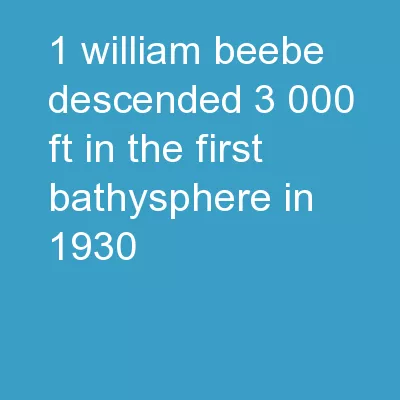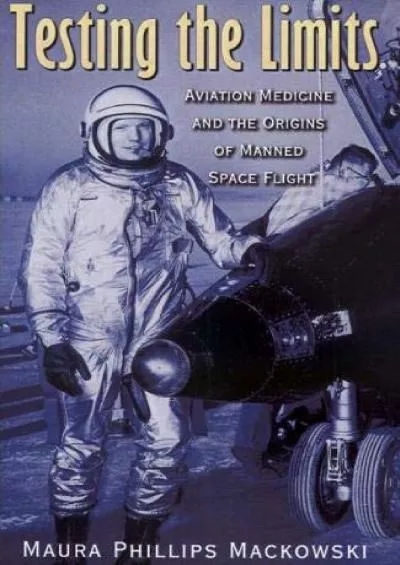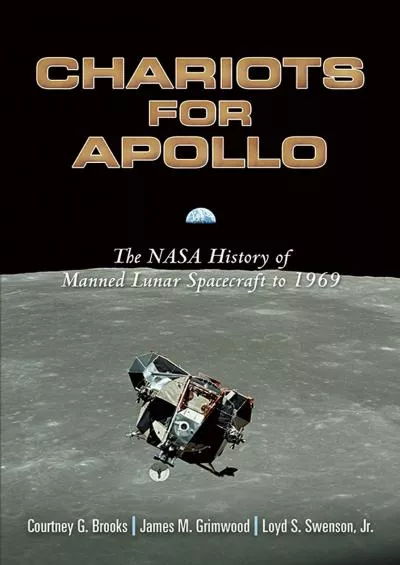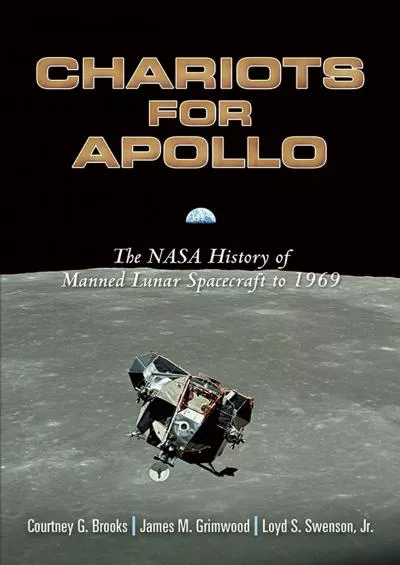PPT-Manned Space Programs
Author : tatiana-dople | Published Date : 2016-05-27
First time in space First man in space Yuri Gagarin from Russia in 1961 First American in space Alan Shepard Spacecraft Freedom 7 First Chinese in space Yang
Presentation Embed Code
Download Presentation
Download Presentation The PPT/PDF document "Manned Space Programs" is the property of its rightful owner. Permission is granted to download and print the materials on this website for personal, non-commercial use only, and to display it on your personal computer provided you do not modify the materials and that you retain all copyright notices contained in the materials. By downloading content from our website, you accept the terms of this agreement.
Manned Space Programs: Transcript
Download Rules Of Document
"Manned Space Programs"The content belongs to its owner. You may download and print it for personal use, without modification, and keep all copyright notices. By downloading, you agree to these terms.
Related Documents


